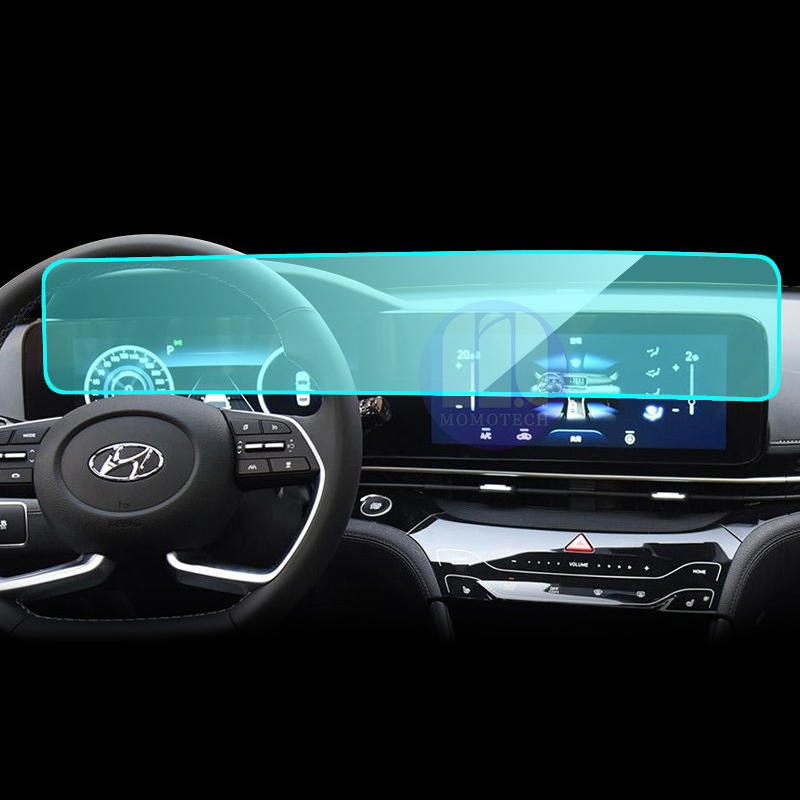Touch screens in cars are becoming increasingly popular and have become a common feature in many modern vehicles. A touch screen is an electronic display that can be interacted with by touching the screen with your finger or a stylus.
Touch screens in cars are typically used for controlling various functions of the vehicle, such as the stereo system, climate control, navigation, and other settings. They allow drivers to interact with the vehicle’s systems more easily and quickly than using traditional buttons and dials.
There are several types of touch screens that are commonly used in cars. Resistive touch screens are the most common type and are typically used in lower-end vehicles. They work by detecting pressure on the screen and require more force to activate. Capacitive touch screens are more sensitive and responsive, and are commonly used in higher-end vehicles. They detect changes in electrical fields caused by the touch of a finger or stylus.
While touch screens in cars can be convenient and easy to use, there are also some concerns about their safety. Using a touch screen can be distracting and take a driver’s attention away from the road. Some touch screens are also more difficult to use while driving, as they require more precise movements and may not provide tactile feedback.
As with any new technology, touch screens in cars are likely to continue to evolve and improve in the coming years, with manufacturers working to make them safer and easier to use while driving.


